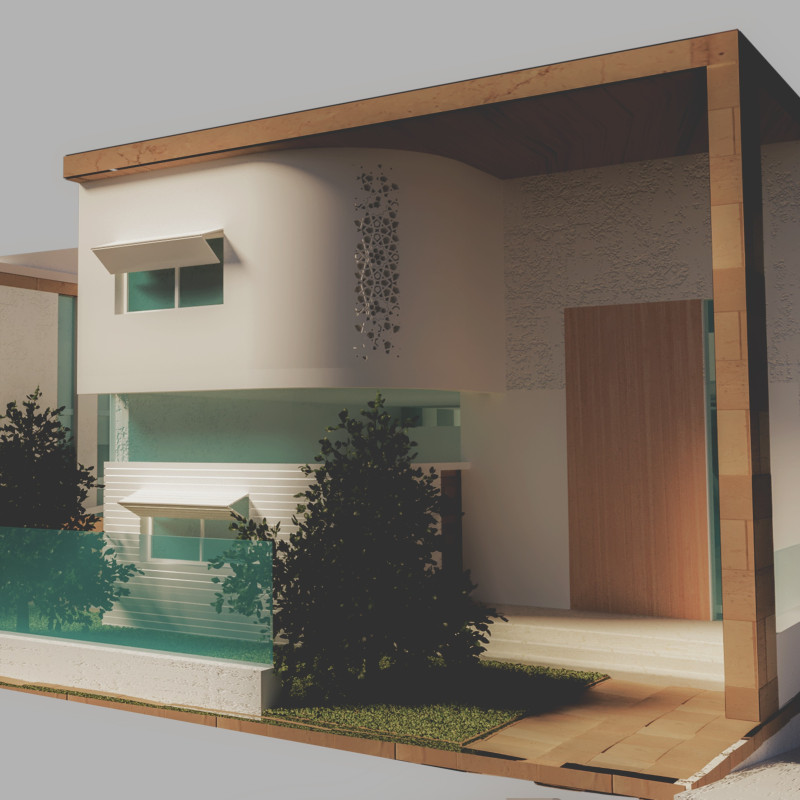5 key facts about this project
At its core, the project serves as a multifunctional space designed to accommodate a variety of activities. This adaptability reflects a contemporary understanding of architecture, where buildings are no longer static but instead serve dynamic roles in the community. The architectural layout features an open floor plan, promoting flexibility and encouraging interaction among users. This design choice not only facilitates movement throughout the space but also fosters a sense of community among occupants.
The materials selected for the construction are indicative of the project’s commitment to sustainability and local craftsmanship. A combination of concrete, wood, glass, and steel are prominently featured, each chosen for both aesthetic and functional properties. Concrete forms the structural backbone, providing durability and thermal mass, while wood elements introduce warmth and a tactile quality that contrasts with the sleekness of the steel framework. Large glass panels are strategically incorporated to allow natural light to permeate the interior, connecting the indoor environment with the outdoors and creating a seamless transition between the two. The careful selection of these materials highlights the project’s aim to create a space that is not only visually appealing but also environmentally responsible.
Unique design approaches are evident throughout the project. The integration of green spaces is a fundamental aspect, with terraces and rooftop gardens incorporated into the design to promote biodiversity and increase the ecological value of the site. These green areas serve multiple purposes; they not only contribute to the aesthetic qualities of the building but also provide places for relaxation and social interaction. The inclusion of these outdoor spaces encourages users to engage with their environment, fostering a relationship between nature and urban life.
The project also demonstrates a sensitivity to climate and weather patterns, boasting a design that maximizes energy efficiency. Strategic overhangs and shading devices have been implemented to minimize heat gain in warmer months while allowing for passive solar heating during colder seasons. This responsiveness to climatic conditions exemplifies a forward-thinking approach to architecture, prioritizing comfort and sustainability.
Furthermore, the design reflects an understanding of the cultural context of its location. Local architectural styles and historical references have been carefully considered and incorporated into the overall aesthetic, allowing the structure to resonate with its surroundings. This thoughtful engagement with the local heritage not only roots the project within its geographical place but also honors the history and traditions that have shaped the community.
The attention to detail in the project is noteworthy, with bespoke features that enhance both usability and beauty. Custom furniture and fixtures throughout the space echo the design language of the building, creating a cohesive experience for users. This level of detail underscores a commitment to craftsmanship and quality, elements that are essential in elevating the user experience.
In summary, this architectural design project stands as a multifaceted example of contemporary architecture, combining functionality, sustainability, and cultural context. The integration of various materials, thoughtful design elements, and a commitment to user engagement creates a space that is both practical and inspiring. For those interested in exploring the intricacies of this project further, detailed architectural plans, sections, and innovative design ideas are available for review, offering insight into the architecture beyond the surface. Delve into the materials and details of this project to appreciate the careful consideration that has shaped its realization.


























